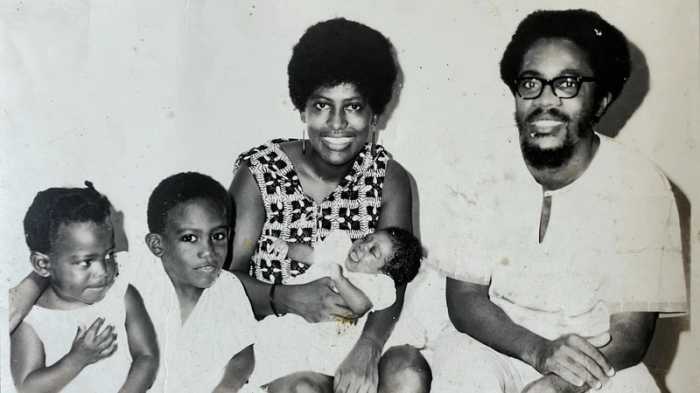An elderly relative was recently told she has a form of herpes. It appeared as a painful rash with patches of small blisters on one side of her chest. She has not been sexually active for over 15 years, and before that she had only one partner for 30 years. I know herpes can stay dormant, but she is sure she has never had this type of rash before. This diagnosis was made without a culture of the rash or any other test. Does this sound like herpes to you?
Doubtful
Dear Doubtful,
It does not sound like herpes genitalis, the sexually transmitted disease. It sounds like a classic case of herpes zoster, also called shingles.
Herpes is the name for a whole family of viruses. Herpes simplex virus type 2 is the virus that usually causes genital herpes. This is the virus people usually mean when they mention herpes. Herpes simplex virus type 1 is the virus that causes cold sores and sometimes causes genital herpes. There are many other herpes viruses, including some that cause cancer.
Herpes zoster virus (also called varicella zoster virus) causes chicken pox in children and shingles in people who are elderly or immunosuppressed. The shingles rash is a painful, blistering rash on one side of the body, usually on the chest, abdomen, or face.
Shingles is caused by reactivation of dormant herpes zoster virus. When a person has chicken pox, the zoster virus goes dormant in a nerve, and can be reactivated. Unlike chicken pox, which is extremely contagious, shingles is not very contagious. It is only spread by directly touching the rash. As long as the rash is kept covered, there is no risk to others.
The shingles rash is very distinctive – nothing else looks like it. The diagnosis can usually be made by examination with no need for tests. The virus can be cultured from the blisters, but this is expensive and is only done if there is doubt about the diagnosis, for example if the rash is not typical or there is a possibility the rash is due to herpes simplex. This might be suspected if the rash is near the genital area or looks more like a genital herpes rash (fewer blisters, more redness and swelling.)
In most cases, shingles clears up in two to four weeks. However, in some people the pain persists for months and even years after the rash is gone. This is called post-zoster neuralgia, and the pain can be disabling. This is why it is important for people over 60 to get the vaccine to prevent shingles (see next letter.)
Dr. Eva
Dear Dr. Eva,
You have written that there is no vaccination available to prevent herpes. I read online that there is one, but it is only recommended for people over 50. This doesn’t make sense to me – aren’t younger people more at risk for herpes than over-50s? Or is herpes that much worse when you are older?
Wants Protection
Dear Wants,
Unfortunately, there is no vaccine available to prevent sexually transmitted herpes infection.
There are two vaccines available to prevent herpes zoster. Herpes zoster is a virus in the herpesvirus family which causes chicken pox in children and shingles in adults. It is not sexually transmitted.
The children’s vaccine (brand name Varivax) is given in two doses at age 1 and 4 years. It is covered by insurance and in most states must be given for a child to start first grade.
The adult vaccine (brand name Zostavax) is recommended for everyone over age 60, and is also approved for people aged between age 50 and 60. It is given as a single injection, just one dose. It is expensive (about $200) and not always covered by insurance. However, anyone who has had shingles would say this is a good investment.
The zoster vaccine is about 51 percent effective in preventing shingles and 66 percent effective in preventing post-herpetic neuralgia. If vaccinated people do develop shingles, the disease does not last as long and is not as severe.
If any vaccines become available to prevent sexually transmitted infections, I promise you will see the news here!
Dr. Eva
Ask Dr. Eva is distributed by Healthy Living News. Email comments and questions to dreva@healthylivingnews.org

























